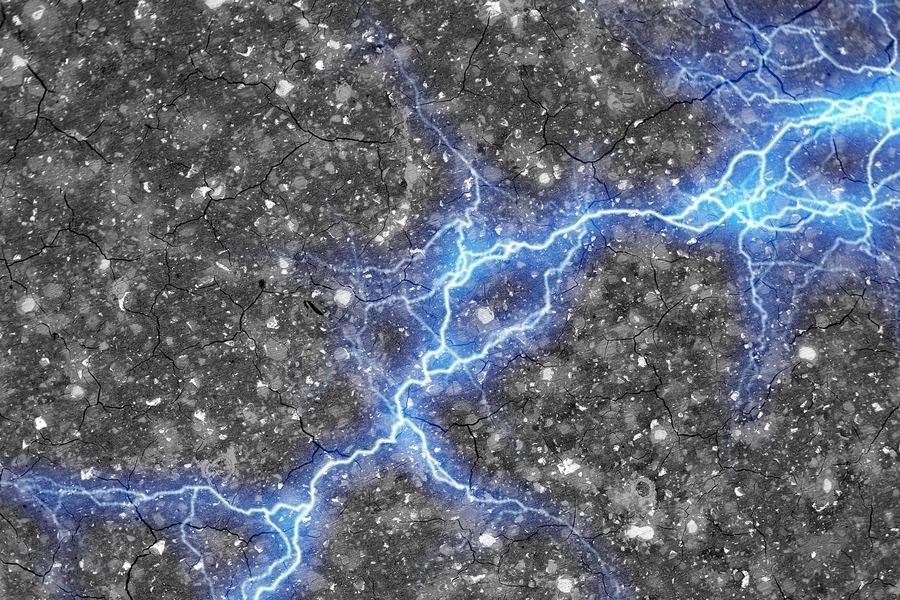
Researchers at the Massachusetts Institute of Technology (MIT) have discovered that adding water and carbon black (soot from partial burning of hydrocarbons) to cement turns concrete into an energy storing capacitor.
It may mean that the concrete floor of a house could store the energy from rooftop solar panels, or that a concrete paved road could charge electric vehicles.
The technique is described in a paper in the journal PNAS, authored by MIT professors Franz-Josef Ulm, Admir Masic, and Yang-Shao Horn, among others.
They found that when the concrete cures, water carries the carbon black into a fractal network of tunnels, creating electrodes throughout.
Where two branches are separated by an insulating layer soaked in an electrolyte such as potassium chloride, they act as the plates of a capacitor.
Masic told MIT News: “The material is fascinating, because you have the most-used man-made material in the world, cement, that is combined with carbon black, that is a well-known historical material – the Dead Sea Scrolls were written with it.
“You have these at least two-millennia-old materials that when you combine them in a specific manner you come up with a conductive nanocomposite, and that’s when things get really interesting.”
The team calculated that a 3.5m-wide cube of nanocarbon concrete would have enough capacity to store about 10kWh of energy, enough to power an average American household for a day.
Prof Ulm adds that the system is scalable, as the energy-storage is directly proportional to the volume of the concrete.
“You can go from 1mm-thick electrodes to 1m-thick electrodes, and by doing so basically you can scale the energy storage capacity from lighting an LED for a few seconds to powering a whole house,” he said.
Further reading:
This story first appeared on Global Construction Review.










